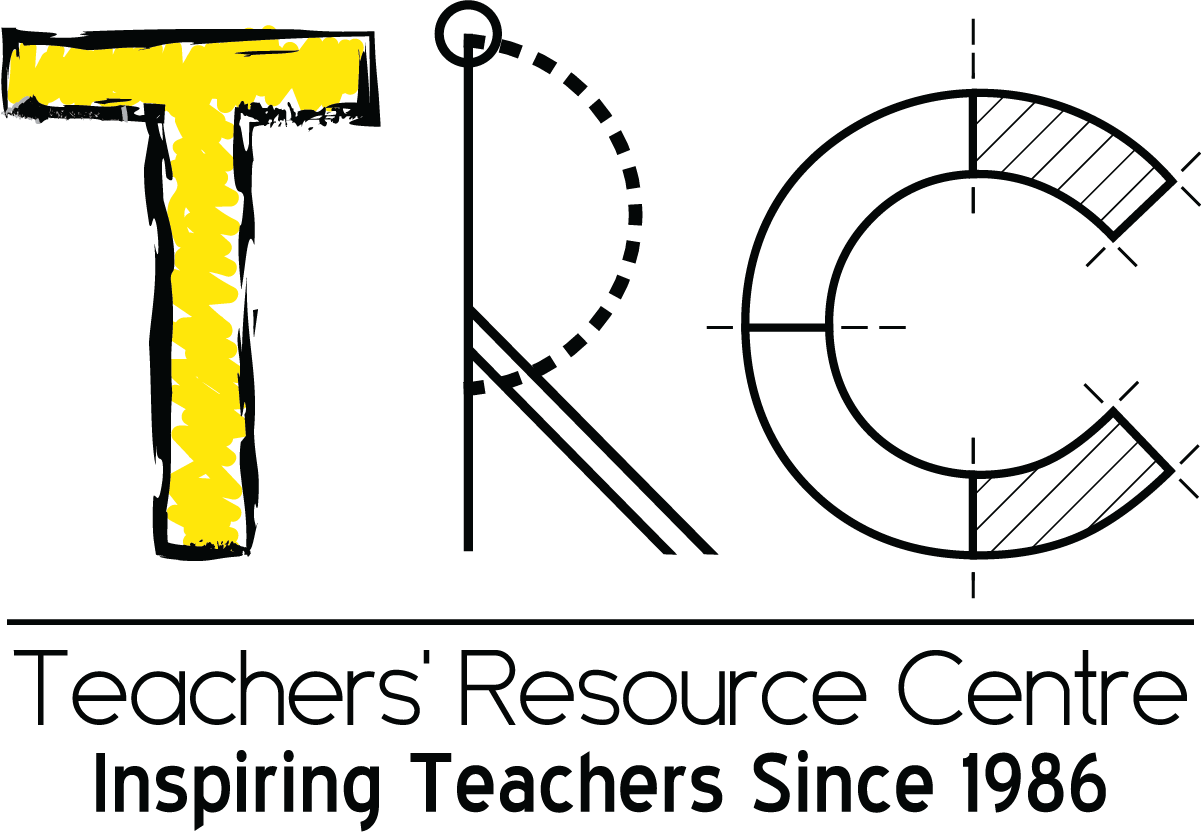No products in the cart.
Developing critical thinking as an essential life skill
Under its ‘Thinking Classroom’ project, TRC has been supporting teachers in using diverse strategies to teach content in creative ways that stimulate critical thinking skills in children in classrooms across Pakistan. In this month’s Ilm o Amal, written by Alizeh Zainab Razvi and TRC staff, the writers explore the concept of critical thinking and look at ways that adults can support young children in developing this skill.
Making sense of the world
How do you understand the world? Does it make sense to you? Are things always what they seem? Is there always another way to consider something?
We, as humans, have many natural and intrinsic pathways that aid and lead us in developing an understanding people, our surroundings and situations. Children learn by doing. Children learn by seeing, observing and mimicking the adults around them. There are many life skills that one learns as he or she grows up, but they are usually made redundant if an analytical skill set – that will enable them to think critically – is not adopted. The ability to think critically is not something that everyone is born with; it is an aptitude that must be taught and honed.
So what does it mean to think critically?
Question, question and question
In simple terms, critical thinking is the deconstruction and reassembly of an idea or philosophy through one’s own questioning and one’s own understanding of the topic. Once you start questioning why and how something is the way it is, you are facilitating your own learning and knowledge, instead of taking in everything at face value.
Critical thinking is often overlooked at the elementary, middle, and high school levels where students are usually just taught how to learn, as well as how to analyse information. Culturally speaking, critical thinking is not a concept that is understood or widely recognised, let alone adopted in the classroom and that is rather unfortunate. The need to apply and deliver critical thinking as a mandatory module in schools has reached a critical stage.
Higher and lower order thinking
In 1956, under the leadership of educational psychologist Dr Benjamin Bloom, an identification of hierarchical cognitive skills called Bloom’s Taxonomy was created in order to promote higher forms of thinking in education, such as analysing and evaluating concepts, processes, procedures and principles rather than just remembering facts (rote learning). The order of questions and teaching objectives proposed by Bloom are as follows, from lowest order thinking to highest order thinking:
Lower Order Thinking
1) Remembering – the recall of information
2) Understanding – the translation or interpretation of knowledge
3) Applying – the application of knowledge to a new situation
Higher Order Thinking
4) Analysing – the ability to break down information
5) Evaluating – The ability to make judgments about the value and sufficiency of information and methods for a specific purpose
6) Creating – the ability to bring together elements of knowledge to form a new whole and build relationships for new situation
When teaching critical thinking, it is important to remember that Lower Order Thinking Skills (LOTS) – remember, understand, apply – can be taught at all language levels, not just the lower levels. Similarly, Higher Order Thinking Skills (HOTS) – analyse, evaluate, create – are not limited to higher-level language skills; they can also be taught at lower levels, too.
By adopting a scaffolding approach to teaching critical thinking, students are engaged in increasingly challenging yet interesting activities that promote critical thinking in both higher order and lower order thinking skills. The tasks are student-centred so that learning emanates not so much from the teacher but from the students as individuals or from collaborative learning in pairs and groups. By feeding directly into the final output tasks, the critical thinking skills exercises encourage scaffolded learning and self-encouragement. Bloom’s taxonomy and critical thinking support each other insofar as self-development and self-actualization are concerned within the classroom, for students and teachers both.
Supporting critical thinking in children
So how can we as teachers, parents or other care giving adult support critical thinking in children? If young children are given the chance to explore the world, they will come across several opportunities to solve problems independently. These ‘problems’ may seem minor to an adult, but they provide great opportunities to encourage children to use critical thinking skills.
Consider the following scenarios:
A 10-month old child cannot crawl his way out of a ‘maze’ of pillows that his older sibling has created.
A four-year old wants to create a pool in the sandbox, but the water keeps disappearing in the sand every time he pours it in.
A 10-year old girl wonders if she should be kind to the troublemaker in her class or mean like everyone else is.
Such ‘problems’ offer children a chance to exercise their critical thinking muscle. Parents, teachers and other adults can offer help to solve the issue. However sometimes it is better to offer some guidance and let the child use their critical problem solving skills to experiment and figure it out for themselves.
The way an adult responds and how quickly they intervene to help the child can have a significant impact on his or her development of critical thinking skills.
Supporting and teaching critical thinking and problem solving
One of the easiest ways to do this is to provide open ended opportunities for children to play. This includes time for both outdoor play and pretend play. ‘Play’ could mean something as simple as the child throwing down a spoon over and over to see what happens or mixing water and sand to create mud and then creating ‘things’ from that mud. When children experiment like this they are testing their thinking. Soon such activities lead to experimentation where the child will try something a little differently and see what happens. This kind of experimentation is crucial to critical thinking.
Another opportunity adults should always utilize in order to help build the critical thinking muscle is when a child asks you
When supporting a child in looking for a solution, encourage him or her to think in new and different ways. Encourage children to come up with alternative solutions by asking, ‘So what other ways could we do this?’ or ‘Let’s think of another solution’. You can help the child by guiding him or her to look for more information. For instance you could say, ‘Your uncle is a doctor, do you think he could help us?’ or ‘Should we consult a reliable website on the internet?’.
In the real world most parents and teachers don’t always have a lot of time to take out and provide their child with this kind of extensive support all the time. It is of course okay to just give the answer to something or solve a problem for a child, some of the time. It is also important that children see you in situations where they observe how you solve problems. However, whenever possible, an adult should take out the time and support the child in thinking through the problem and help them in using their critical thinking muscle frequently.
Alizeh Zainab Razvi is an IECE alumni and has recently joined TRC as Member-Training & Development Team.
January 2016



